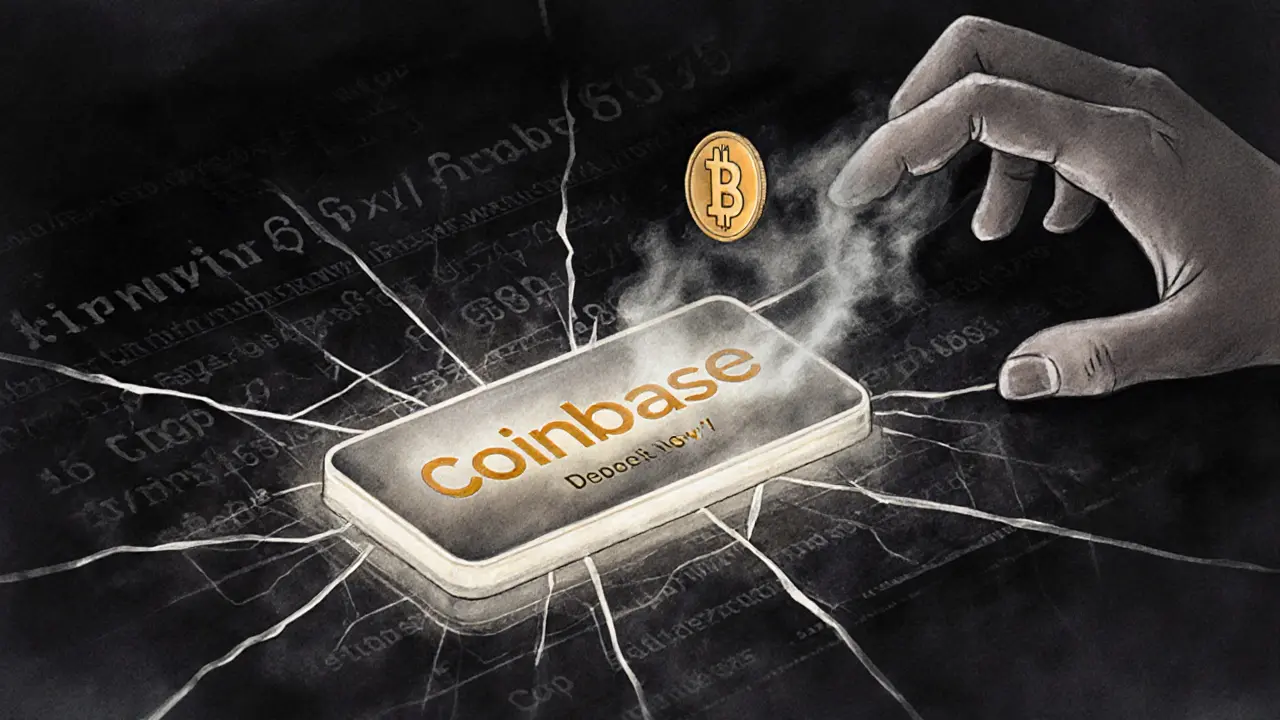Crypto Fraud 2025: How Scams Are Evolving and How to Stay Safe
When you hear crypto fraud 2025, the latest wave of deceptive schemes targeting cryptocurrency users through AI-driven impersonation, fake exchanges, and manipulated airdrops. Also known as digital asset scams, it’s no longer just about fake websites or phishing emails—it’s about bots that sound like your favorite crypto influencer, and tokens that vanish the second you invest. This isn’t science fiction. In 2024, over $3.8 billion was lost to crypto scams, and 2025 is shaping up to be worse. Scammers are using AI to clone voices, generate fake whitepapers, and even simulate live customer support chats on Telegram groups that look real until your funds are gone.
One of the most dangerous trends is the rise of fake airdrops, promises of free tokens that require you to connect your wallet or pay a small gas fee to "claim" them. Also known as token grab scams, these often mimic official campaigns from ChainGPT, CoinMarketCap, or even well-known projects like SPIN or ELON. Once you sign the approval, your wallet is drained—no refund, no recourse. Then there are rug pulls, projects that launch with hype, attract hundreds of millions in investment, and then the team disappears overnight with the liquidity. Also known as exit scams, they’ve taken over from old-school Ponzi schemes because they’re faster, more anonymous, and harder to trace.
What makes 2025 different? Scammers are no longer targeting only beginners. They’re using data from social media, wallet activity, and even public blockchain analytics to identify users who’ve bought into previous scams and are now more likely to fall for something that looks "legit." They know you’ve been burned before—and they use that to make their next trap feel safer. You’ll see Telegram channels with 50,000 members, fake audit reports from non-existent firms, and YouTube videos with paid actors pretending to be developers. Even exchanges like HyperBlast and XBTS, which lack real regulation, become breeding grounds for these schemes because they don’t verify projects before listing them.
You don’t need to be an expert to protect yourself. You just need to ask the right questions. Is there a real team behind this? Do they have verifiable social profiles, not just a Twitter account with 1,000 bots? Is the token listed on a major exchange, or just a tiny, unknown platform? Has anyone actually used it for anything outside of trading? If the answer is no, walk away. The W Coin (WCO) and Zeus (ZEUS) tokens you see trending aren’t investments—they’re gambling chips with no table limits. And if a project promises 10x returns in a week, it’s not a gem—it’s a grenade.
What you’ll find below isn’t just a list of articles. It’s a collection of real cases, broken down so you can spot the same patterns before you click "approve." From how P2P trading gets exploited in restricted countries to why the FEAR airdrop vanished overnight, these posts show you exactly how fraud works—so you don’t become the next statistic.
Cryptobuyer Pro Crypto Exchange Review: Avoid This Scam
Cryptobuyer Pro is not a legitimate crypto exchange-it's a known scam. Learn how it works, what red flags to watch for, and which real exchanges you can trust instead in 2025.
VIEW MORE
